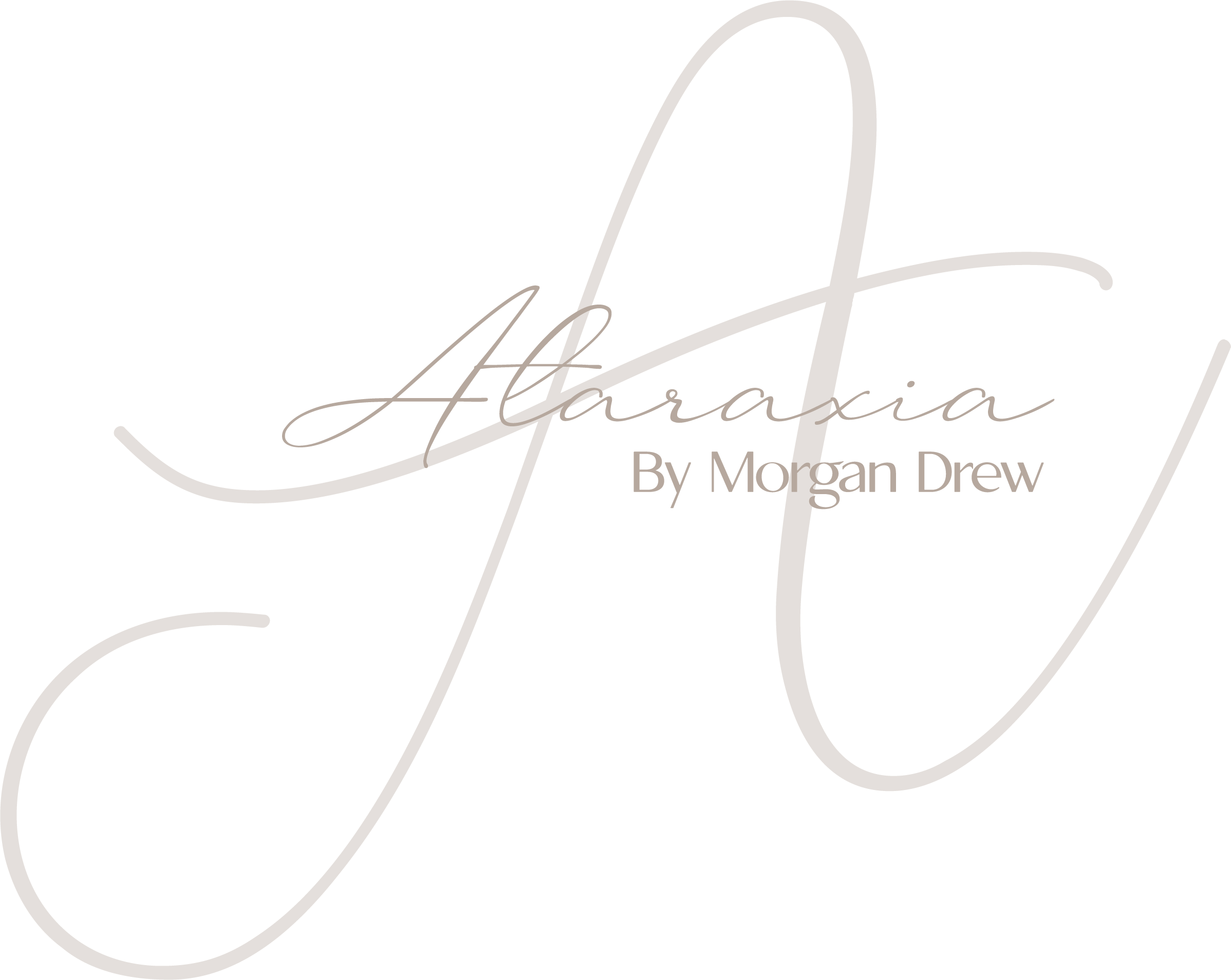Are you using Dry Shampoo PROPERLY?
Truth is the odds are against you.
So in this blog I am going to break down where and how to apply dry shampoo to help you achieve maximum impact and even results.
Dry shampoo is a type of hair product that claims to reduce oil, grease, and dirt in your hair. Unlike wet shampoos and conditioners, dry shampoo can be applied to your hair while it is dry (hence the name).
Your scalp is covered with hair follicles. These follicles do not just sprout hairs. They also produce sebum, the natural oil that softens your scalp and gives hair its texture. Sebum serves an important purpose. It softens your hair and helps protect the skin underneath it. But when you are busy working up a sweat, spending time outside, or even going about your day-to-day, oil and sweat from your scalp collect in your hair. While a certain amount of oils on your head is normal, oil build up tends to give your hair a greasy appearance.
Washing, blow-drying, and styling your hair daily can be time-consuming. Plus, it is not good for the health of your hair. That is where dry shampoo comes in. Whether you are seeking a second-day hair solution, extending your blowdry/style or prepping textured braids, this is how you should be using this everyday styling product to its fullest potential.
Dry shampoo uses alcohols or starch-based active ingredients to soak up the oils and sweat from your hair. Removing the oils from your hair makes it appear cleaner. Most dry shampoos also include a fragrance, which makes your hair smell fresh between washes.
Yes, you can maximize impact without over-applying product!
Start where the hair collects the most excess oil and sweat, think the hairline, nape of the neck and at the crown, work in 1- and 2-inch sections. Isolate each section, apply to the roots, and massage thoroughly before moving on to the next section for even application.
Don’t make the mistake of rushing when applying dry shampoo and massaging the product in right away!
Allow your Dry Shampoo to sit for 30 seconds before massaging, so the product has time to fully absorb oils and odours from the scalp for a high-impact application.
Dry shampoo is not just for dirty, second-day hair. Silky hair that doesn’t easily hold braids and up styles will also benefit from a quick volumizing lift at the roots. Try applying Dry Shampoo to add subtle texture for fullbodied braids
There isn’t too many drawbacks to using dry shampoo, as long as you use it in moderation. If you are using dry shampoo once or twice a week to touch up your hair after a workout or keep your style looking fresh, you probably won’t experience any negative effects from use.
There is limits to what dry shampoo can do, though.
Using dry shampoo for more than two days in a row can start to irritate and dry out your scalp. It can also clog the pores on your head, resulting in painful pimples or a rash.
The jury is still out on if you should use hot styling tools on hair that has dry shampoo on it. Some stylists’ swear by applying a little dry shampoo to make hair easier to manage before using a curling iron or hair straightener. But dry shampoo can actually dry your hair out, making it vulnerable to heat damage.
Like all great things in life (wine, chocolate)
use in moderation.
